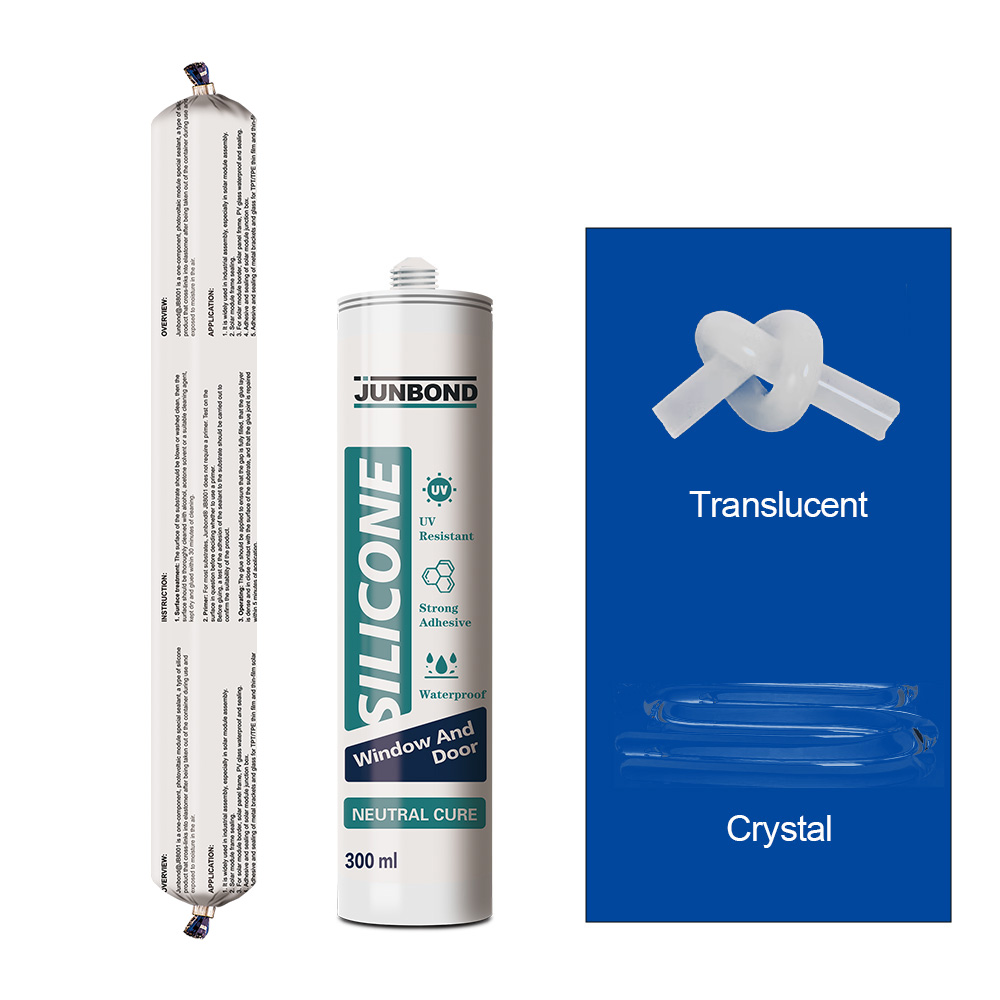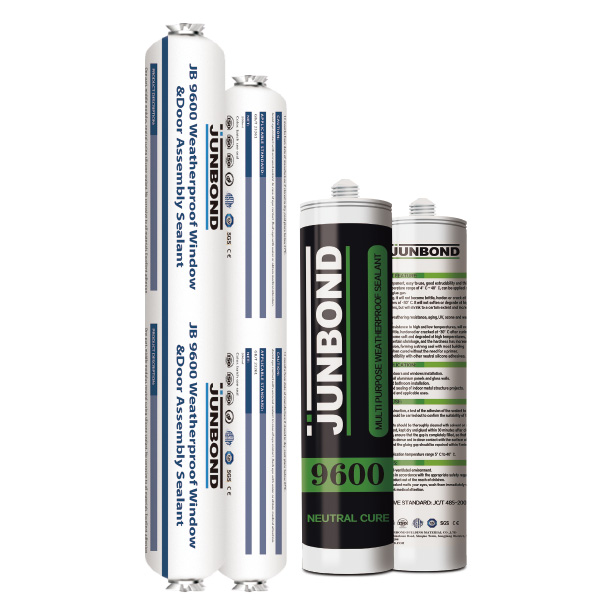Before You Begin: Essential Prep Work
Proper preparation is the foundation for a successful and damage-free removal process. Taking a few moments to gather supplies and secure the work area prevents mistakes and ensures safety. A well-organized approach streamlines the entire task from start to finish.
Gathering Your Tools and Materials
A person should assemble all necessary items before starting the project. This prevents interruptions and keeps the workflow efficient. The right tools make the job significantly easier.
·Heat Source: A hairdryer or a heat gun on a low setting.
·Scraping Tool: A plastic razor blade, a specialized silicone scraper, or a new utility knife blade held at a low angle.
·Solvents: Commercial silicone remover, mineral spirits, or isopropyl alcohol.
·Cleaning Supplies: Non-abrasive scrubbing pads and several clean microfiber cloths.
·Personal Protective Equipment (PPE): Chemical-resistant gloves and safety glasses.
Preparing Your Workspace for Safety
Protecting both the user and the surrounding surfaces is a critical step. The chemicals used to dissolve Silicone Glass Sealant can release fumes and damage certain materials. Good ventilation is non-negotiable.
A person should open windows or use a fan to create airflow. It is also wise to lay down a drop cloth or painter’s tape to shield window frames, walls, or flooring from accidental spills or scratches.
Safety First: Always work in a well-ventilated space when using chemical solvents. Proper airflow helps disperse fumes and creates a safer breathing environment.
This careful setup minimizes cleanup and protects against potential hazards, allowing for a focused and effective removal process.
Step 1: Soften the Sealant with Heat
The initial and most critical phase of removal involves applying controlled heat. This step prepares the tough, cured silicone for mechanical scraping by altering its physical properties. A successful softening process makes the subsequent steps significantly easier and reduces the risk of damaging the glass surface. It is the foundation for a clean and efficient removal.
Why Heat Works
Silicone sealant is a polymer-based material. Its strong, flexible bond comes from long, cross-linked molecular chains. Applying heat introduces energy into these chains. This energy causes the molecules to vibrate and move apart, weakening the sealant’s internal structure and its adhesive grip on the glass. The material transitions from a rigid solid to a pliable, gummy substance. This softened state allows a scraper to slice through the bulk of the sealant with minimal force, preventing scratches on the delicate glass.
How to Apply Heat Safely
Proper heat application is a balance between effectiveness and safety. A standard hairdryer on its highest setting or a heat gun on its lowest temperature is the ideal tool for this task.
1.Hold the heat source approximately 3 to 5 inches away from the glass surface.
2.Direct the hot air flow directly onto the silicone bead.
3.Move the tool continuously back and forth along a section of the sealant. Do not hold it in one spot.
4.Heat a small section for about 60 to 90 seconds, or until the sealant becomes visibly softer and pliable to the touch.
Step 2: Scrape Away the Bulk
With the sealant softened, the next phase involves mechanical removal. This step physically lifts the bulk of the silicone from the glass surface. A careful and methodical approach here is essential. It prevents scratches and sets the stage for a simpler chemical cleanup in the next step. The goal is to remove as much material as possible without applying excessive force.
Choosing the Right Scraper
Selecting the proper tool is crucial for protecting the glass from damage. Different scrapers offer unique advantages. The best choice depends on user comfort and the specific task.
·Plastic Razor Blade: This is the safest option. It provides good scraping power without the high risk of scratching the glass. It is ideal for most DIY projects.
·Specialized Silicone Scraper: These tools are designed specifically for sealant removal. They often have multiple edges and angles to handle corners and tight spaces effectively.
·New Utility Knife Blade: A sharp metal blade offers maximum efficiency. However, it requires extreme care. A person must hold it at a very low angle to avoid permanently etching the glass. This tool is best for experienced users.
Step 3: Dissolve Stubborn Residue
After scraping, a thin, oily, or hazy film remains on the glass. This residue is the adhesive component of the Silicone Glass Sealant, and it requires a chemical solvent to break it down completely. This step dissolves the final traces of the sealant, preparing the surface for a final cleaning. Choosing the right solvent ensures a spotless finish without damaging the glass.
Commercial Silicone Removers
Professionals often rely on commercial silicone removers for their effectiveness. These products are specifically formulated to break down cured silicone polymers. They typically come in a gel or liquid form that clings to the surface, giving the chemicals time to work. A user should apply the remover directly to the residue with a cloth or brush. It is critical to follow the manufacturer’s instructions regarding application time, which can range from a few minutes to several hours.
Note: Always test a commercial remover on a small, inconspicuous area first. This precaution ensures it does not react negatively with window frames or other adjacent materials.
DIY Solutions: Mineral Spirits vs. Alcohol
For less stubborn residue, common household solvents can be effective. Mineral spirits and isopropyl alcohol are two popular choices. Each has distinct properties, making one more suitable than the other depending on the situation. A person can compare them to select the best option for their project.
Feature Mineral Spirits Isopropyl Alcohol (70% or higher) Effectiveness Highly effective on oily residue. Good for light films and final cleanup. Evaporation Slow evaporation rate. Evaporates very quickly. Fumes Strong, requires excellent ventilation. Milder odor, but still needs airflow. Safety Flammable; can damage some plastics. Flammable; generally safer on most surfaces. Mineral spirits offer more power for dissolving the tough, greasy film left by the Silicone Glass Sealant. Isopropyl alcohol is a great, less aggressive option for lighter residue and for removing the oily film left by mineral spirits.
What to Know About Silicone Glass Sealant Removers
Using a chemical remover is a powerful step, but it demands respect and caution. These products contain strong solvents designed to dissolve tough polymers. A user must understand how to handle them correctly to achieve the best results while ensuring personal safety and protecting surrounding surfaces. Proper knowledge transforms this chemical step from a potential hazard into a highly effective solution.
Reading the Instructions
Every commercial remover has a unique formulation. Therefore, a person must read and follow the manufacturer’s instructions on the product label before application. The label provides critical information that ensures both safety and effectiveness.
·Application Method: The instructions specify whether to apply the product with a brush, cloth, or directly from the tube.
·Dwell Time: This is the amount of time the remover needs to sit on the residue to work properly. It can range from minutes to hours.
·Safety Precautions: The label lists necessary personal protective equipment (PPE), such as specific types of gloves or eyewear.
·Cleanup Process: It details how to remove the product and the dissolved Silicone Glass Sealant residue safely.
Important: Never assume one remover works like another. Skipping the instructions can lead to ineffective results or permanent damage to adjacent materials like plastic frames or painted sills.
Ensuring Proper Ventilation
Chemical silicone removers release volatile organic compounds (VOCs) into the air. These fumes can be harmful if inhaled in a concentrated space. Creating adequate airflow is a non-negotiable safety measure. Proper ventilation protects the user’s respiratory health during the project.
A person should open all windows and doors in the room to create a cross-breeze. Placing a box fan in a window, facing outward, actively pulls fumes out of the workspace. If working in a bathroom or an area with an exhaust fan, one should turn it on before starting. This simple preparation creates a much safer environment for working with chemical solvents.
Post time: Oct-22-2025


